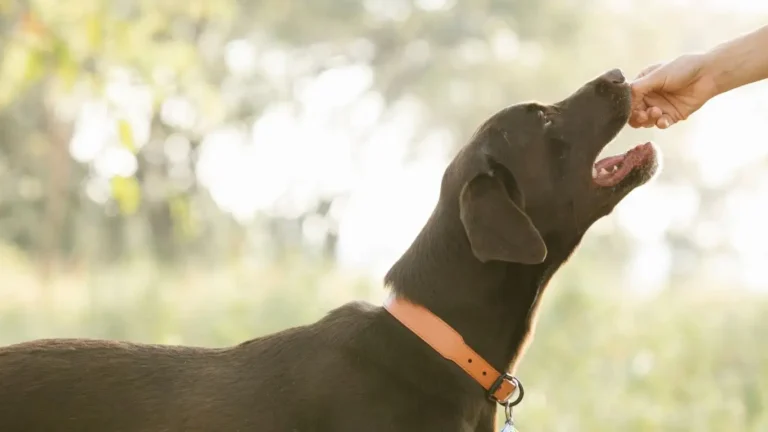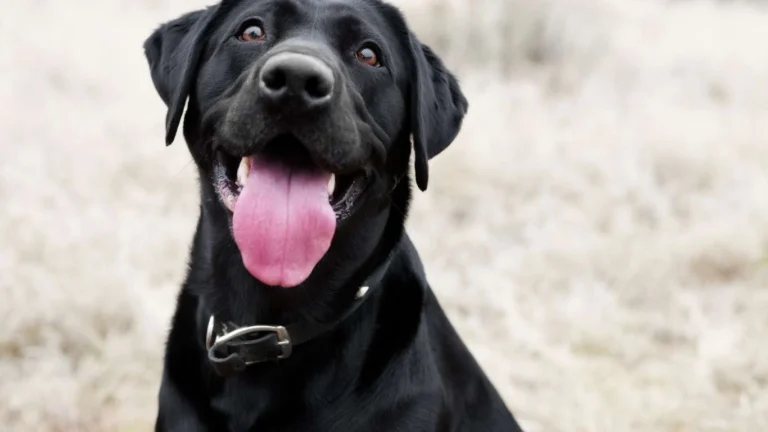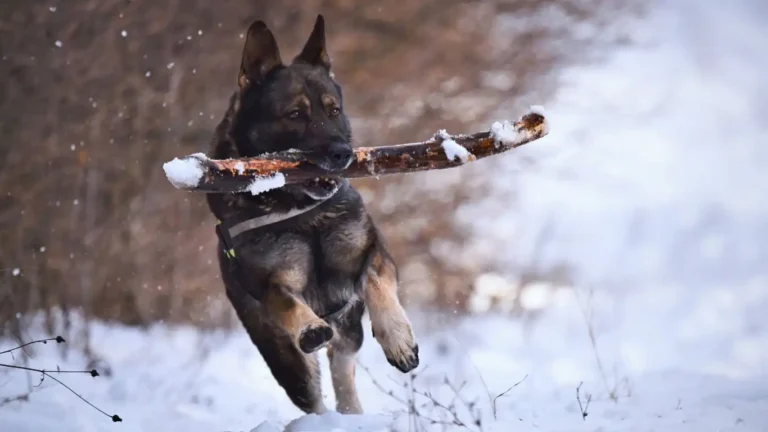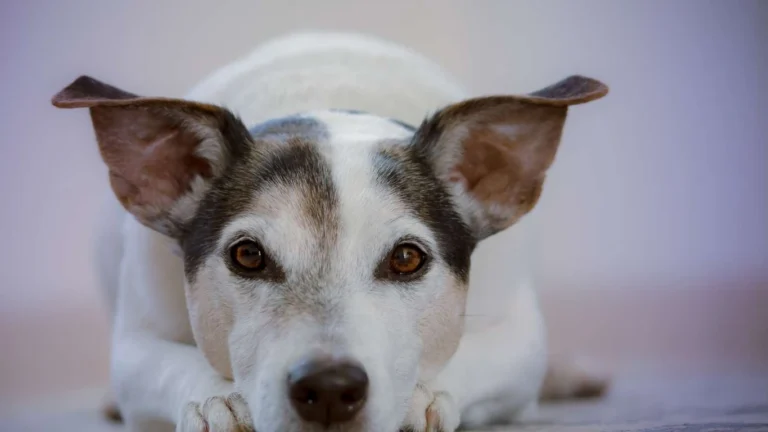Can Dogs Eat Cooked Green Peas? Healthy or Harmful Snack?
If you’re like me—working around pets all day and answering *all kinds* of “Can my dog eat this?” questions—you’ve probably heard this one more than a few times: Can dogs eat cooked green peas? Whether it’s a client at the clinic trying to sneak a few veggies into their pup’s dinner bowl or a rescue volunteer looking for healthier treats, this question comes up more than you’d think. Spoiler alert: the answer isn’t just a simple yes or no. Let’s dig into it together, because there’s more to peas than meets the eye (or the paw!).
So, Can Dogs Eat Cooked Green Peas?

Yes, dogs can eat cooked green peas—in moderation! I’ve recommended them many times as a low-calorie snack or meal topper. Green peas are packed with fiber, vitamins A, K, and B-complex, plus a bit of protein, which is great for maintaining muscle mass in active dogs. But before you dump a whole bowl into your pup’s dinner, let’s take a closer look.
Why Green Peas Are a Popular Treat Among Pet Parents
Over the years, I’ve noticed more people leaning into whole food nutrition for their pets. Cooked green peas are super convenient, inexpensive, and easy to digest when properly prepared. They’re often included in commercial dog food formulas, which makes sense because:
- They’re high in fiber – good for digestion and keeping things, well, regular.
- They contain essential nutrients – like vitamin K (important for bone health) and B vitamins (which help with energy).
- They’re low in fat and sugar – making them ideal for dogs on weight management plans.
In my experience working with overweight rescue dogs, cooked green peas have made a great alternative to high-calorie commercial treats. They’re a hit during training sessions too—especially when the dogs get bored of biscuits!
How to Safely Serve Cooked Green Peas to Your Dog
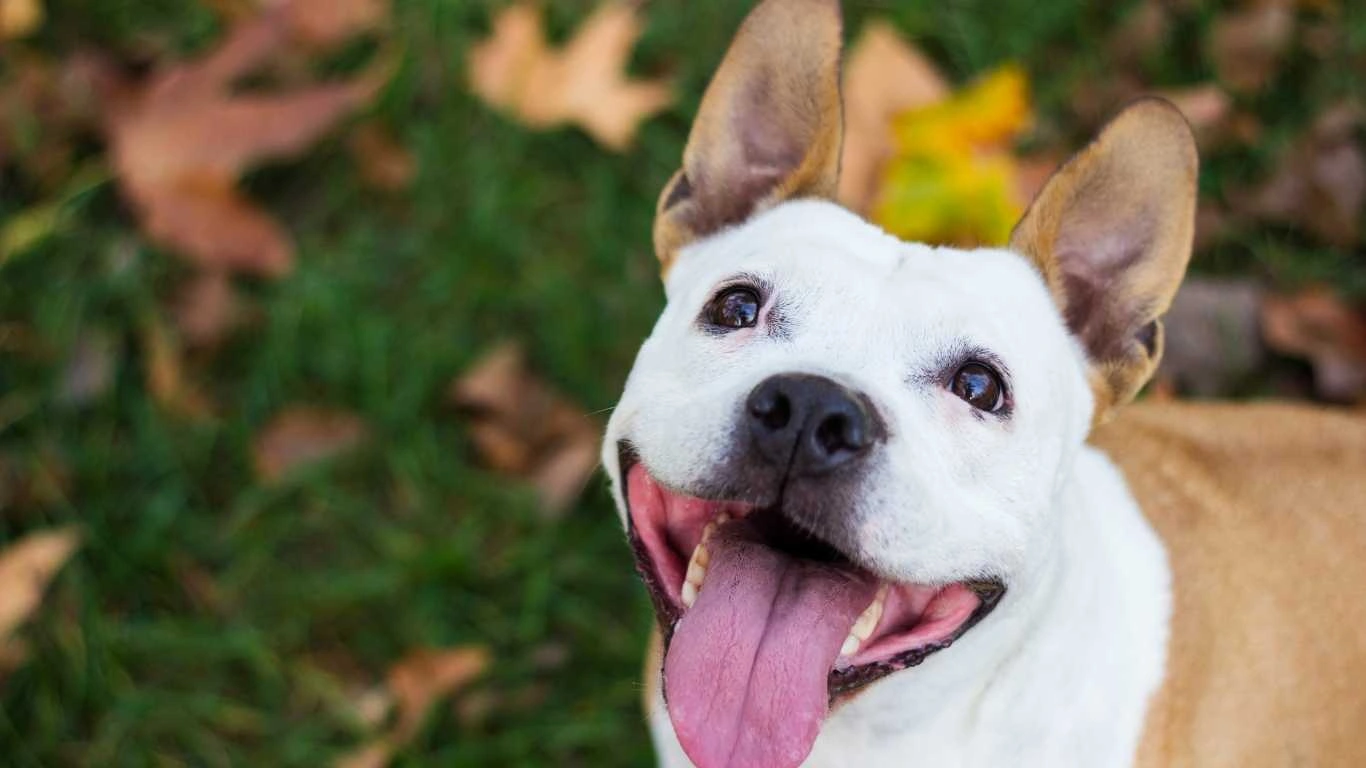
Simple, Dog-Safe Preparation Tips
When I say “cooked,” I mean lightly steamed or boiled—nothing fancy. Avoid adding salt, butter, onions, garlic, or any seasonings. Dogs don’t need those extras, and some of them can be downright toxic. Trust me, I’ve seen my share of pup tummies turned upside down from well-meaning but over-seasoned snacks.
- Start with fresh or frozen peas (never canned—they’re usually loaded with sodium).
- Steam or boil until soft, but not mushy.
- Let them cool before serving to avoid mouth burns—yes, that happens more than you’d think!
Once they’re ready, you can toss a tablespoon or two into your dog’s dinner bowl or use them as training treats. I love stuffing a few into enrichment toys like Kongs—keeps them busy and mentally stimulated.
Watch for Allergies or Sensitivities
While green peas are generally safe, every dog is different. I always tell pet parents to start slow and observe for any signs of digestive upset—think gas, loose stools, or lack of appetite. One time, a client’s Labrador had a mild sensitivity and we had to rule out peas from her diet completely. So, start small and pay attention.
Nutritional Perks Worth Wagging About

What makes cooked green peas such a powerhouse in a dog’s diet? Aside from being tasty and crunchy (if you don’t overcook them), they also offer:
- Plant-based protein – not a replacement for meat, but a nice supplement.
- Antioxidants – which may help reduce inflammation and promote overall wellness.
- Lutein – good for eye and skin health, especially important for aging pups.
In my hands-on work at both the clinic and the shelter, I’ve seen senior dogs thrive when we clean up their diet and introduce natural, fiber-rich veggies like green peas. It’s not a miracle cure, but it definitely supports better health outcomes.
When Cooked Green Peas Might Not Be a Good Fit

Now, just because dogs can eat cooked green peas doesn’t mean every single dog should. I’ve had a few cases at the clinic where dogs didn’t react well. Whether it’s digestive quirks, pre-existing conditions, or just plain pickiness, peas aren’t always a one-size-fits-all solution.
Dogs with Kidney Issues: Proceed with Caution
One thing I always flag during consults is the purine content in peas. Purines are natural compounds that break down into uric acid, and too much of that can be a problem for dogs prone to kidney stones or with diagnosed renal issues. A sweet little Shih Tzu we worked with at the shelter had to go on a low-purine diet, so peas were off the table entirely. Always check with your vet if your dog has any history of kidney disease.
Peas and Grain-Free Dog Food: What’s the Connection?
You might’ve seen headlines about grain-free dog foods and a potential link to heart disease (specifically canine dilated cardiomyopathy, or DCM). Some of those formulas use peas as a main filler. I’ve had more than a few pet parents ask if peas are the cause. The science is still ongoing, and there’s no black-and-white answer yet—but it’s something to be aware of.
In my practice, I always encourage moderation and variety. A spoonful of cooked peas as a treat? Great. Feeding a food that’s 40% pea protein every single day? That’s where I get a little more cautious.
Best Ways to Incorporate Cooked Green Peas Into Your Dog’s Diet
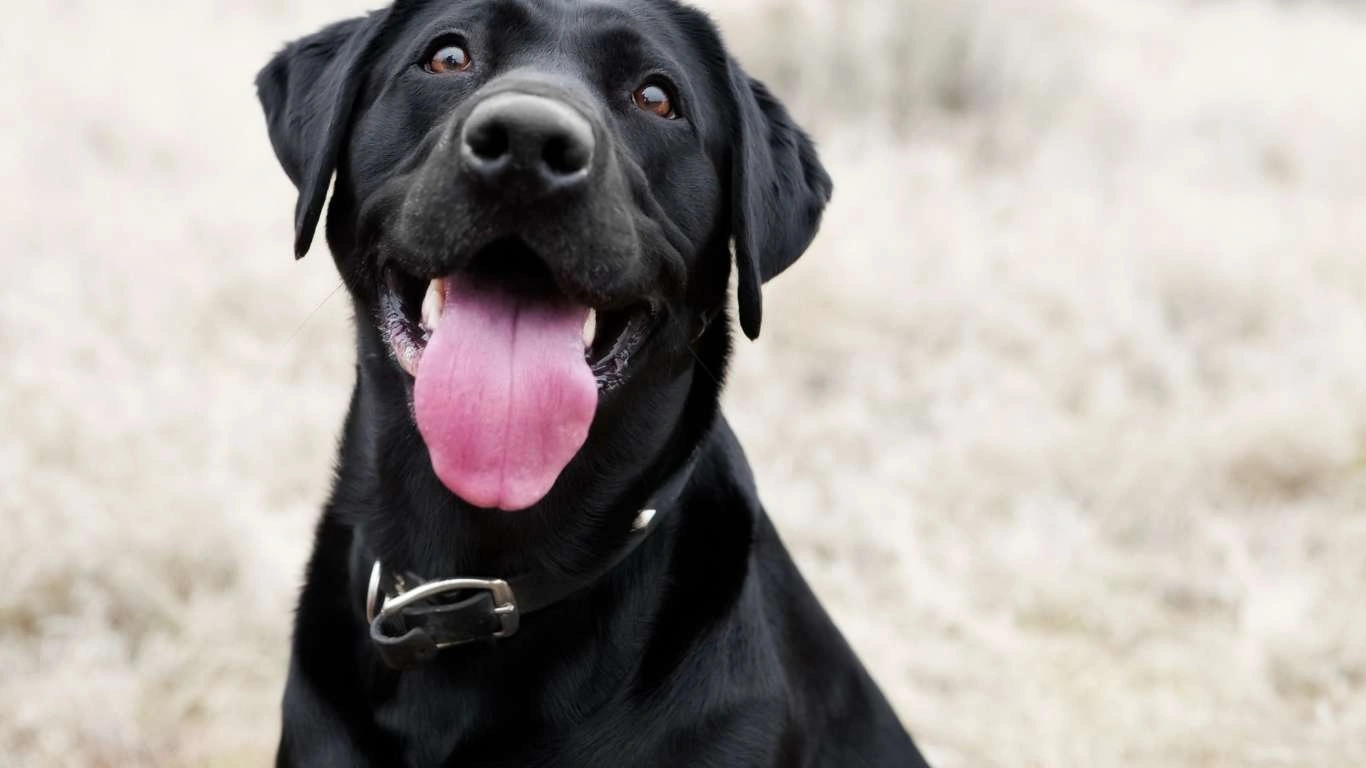
Fun and Functional Treat Ideas
Let’s be honest—feeding peas from your hand one by one gets old fast. Here are a few of my favorite, pet-parent-tested ways to include peas that don’t involve standing over a dog bowl for 10 minutes:
- Frozen pea snacks: After steaming, let them cool and freeze them in small batches. My foster pups love them on hot days!
- Mixed into wet food: A handful of peas can stretch your canned food a little further and add texture.
- Mashed into a lick mat: This works wonders for anxious dogs who need enrichment during thunderstorms or nail trims.
- Baked into homemade treats: I’ve made oat and green pea cookies for dogs before—simple, and they smell way better than most store-bought treats!
These options also work well for picky eaters. One time, I had a senior Labrador who refused anything green… until we mixed mashed peas into some pumpkin puree. He went to town. It just takes a little creativity.
Signs That Your Dog Might Not Tolerate Peas Well

Like I always tell pet owners at the shelter, watch the poop. It’s not glamorous, but it tells you everything. If your dog starts experiencing any of the following after eating peas, it might be time to hit pause:
- Gas (more than their usual doggy toots!)
- Loose stools or diarrhea
- Lack of appetite
- Itchy skin or ear infections (possible allergy symptoms)
I once cared for a rescued border collie who seemed fine at first with peas in her meals. A few weeks in, she started having really soft stools and skin flare-ups. We eliminated peas and—boom—she bounced right back. So don’t ignore the subtle signs. Sometimes dogs are telling us with their behavior (and their poop) that something’s off.
How Much Is Too Much?
In general, I suggest peas make up no more than 10% of your dog’s daily food intake. For smaller dogs, that could mean just a tablespoon or two per day. Bigger dogs can handle a bit more. But no matter the size, variety is key. Rotate in different veggies—like carrots, zucchini, or green beans—so they’re not overloaded on just one thing.
Moderation helps prevent potential nutrient imbalances and makes mealtime more exciting. Trust me, even dogs get bored if they eat the same thing every single day. Just like us!
Expert Tips for Introducing Cooked Green Peas Into Your Dog’s Routine
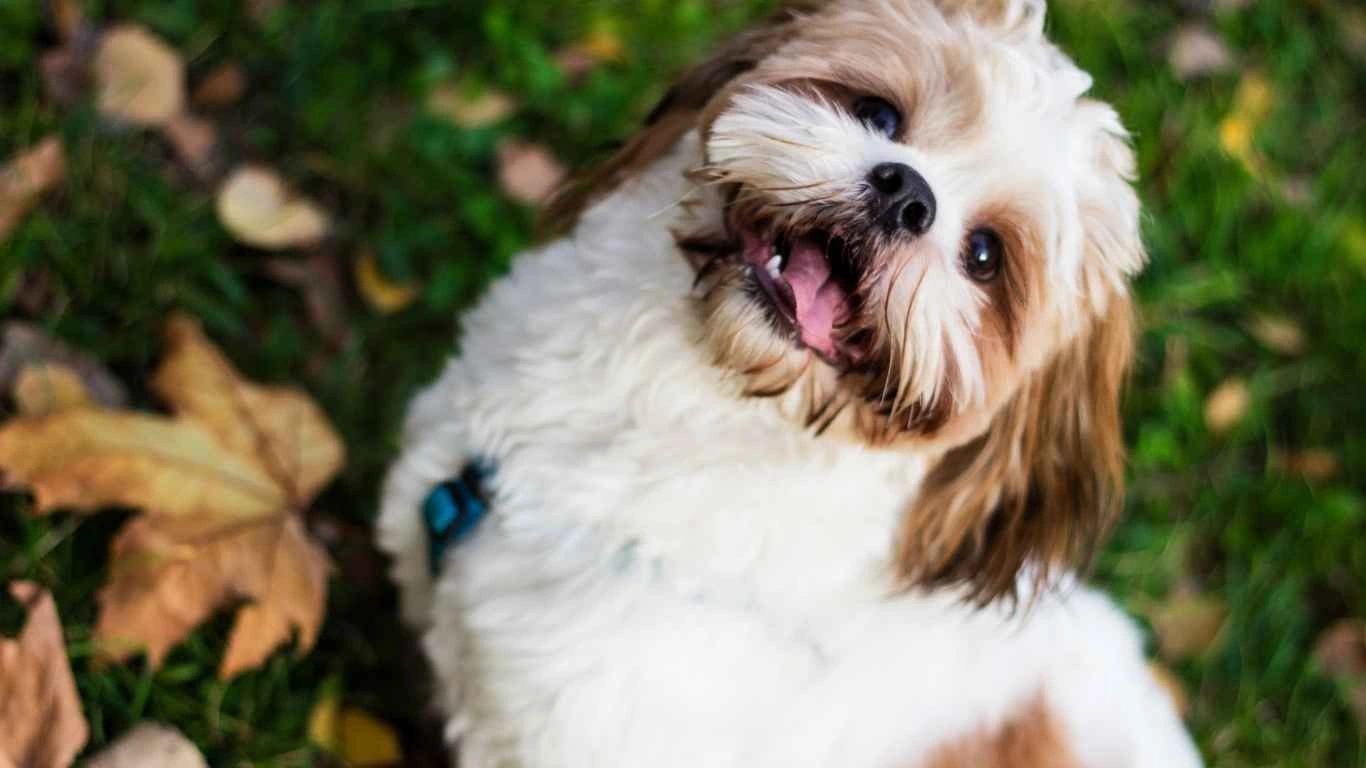
From my years as an Animal Care Specialist, one thing I’ve learned is that introducing any new food into a dog’s diet needs a gentle approach. Dogs can be surprisingly sensitive, and even the healthiest foods can cause issues if introduced too fast or in too large amounts.
Start Slow and Observe
When I bring new foods like cooked green peas into a dog’s meals, my go-to advice is always to start small and watch closely. I usually suggest mixing just a teaspoon or two of peas into their regular food for the first few days. This slow intro gives their digestive system time to adjust without shocking their tummy.
During this period, keep an eye out for any changes in energy levels, appetite, or bathroom habits. In shelters, it’s especially important to watch because stressed or recovering dogs may react differently to new foods than well-established pets. If all goes well, you can gradually increase the amount.
Mix It Up for Maximum Benefits
Incorporating peas as just one part of a balanced diet is key. Personally, I recommend pairing cooked green peas with other nutrient-rich veggies and quality proteins. Variety isn’t just more fun for your dog—it also helps ensure they get a broad range of nutrients.
For example, steamed green beans, carrots, and sweet potatoes can complement peas nicely. In fact, when I prepare meals for dogs at the clinic or shelter, I mix a small veggie medley rather than relying on just one type. It keeps things interesting for the dog’s palate and supports overall gut health.
Addressing Common Concerns About Feeding Peas
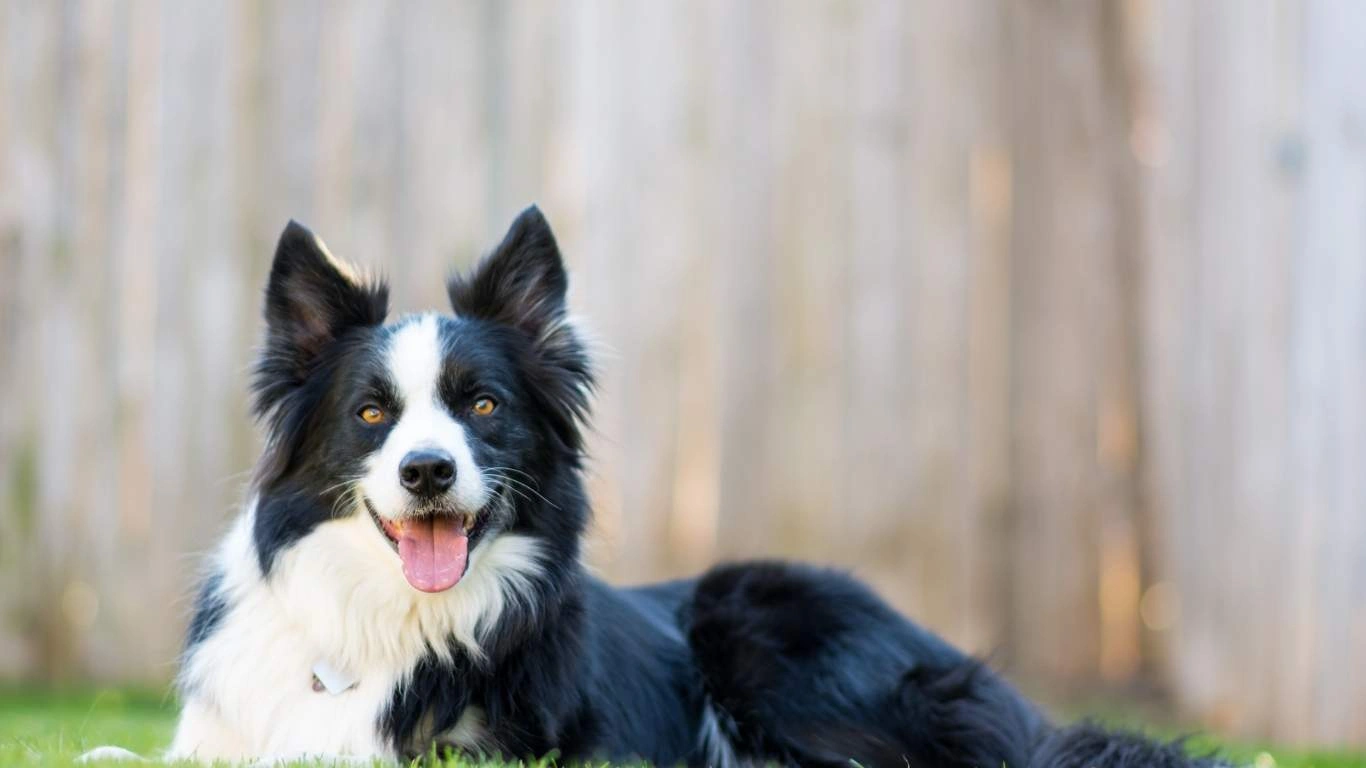
Are Peas Safe for Puppies and Senior Dogs?
Great question! From my experience, cooked green peas are generally safe for dogs of all ages, but with a few considerations. Puppies have delicate digestive systems and should only get peas in small amounts mixed with a complete puppy formula diet. For seniors, peas can be a wonderful low-calorie treat that helps maintain fiber intake and supports digestion.
However, as with any age group, monitor how your dog reacts and check with your vet if there are any underlying health issues. Some senior dogs, especially those with kidney or urinary tract problems, might need to avoid peas due to their purine content, as mentioned earlier.
What About Frozen or Raw Peas?
In a pinch, frozen peas can be steamed quickly and served safely. Raw peas aren’t toxic but can be harder for dogs to digest, sometimes causing mild stomach upset. I rarely recommend raw peas, especially for dogs with sensitive stomachs. Cooking helps break down the fibers and makes the nutrients more bioavailable, which means your dog can actually absorb and use those vitamins.
Final Thoughts on Feeding Cooked Green Peas to Dogs
When it comes to whether dogs can eat cooked green peas, the answer is a resounding yes—with some important caveats. Moderation, proper preparation, and attentiveness to your dog’s unique needs make all the difference. In my experience, peas have been a fantastic, healthy addition for many dogs I’ve cared for, whether at the shelter or the clinic.
Remember, each dog is an individual. What works well for one might not be perfect for another, so always keep an eye on your furry friend’s response. And if you’re ever in doubt, consulting your vet is the best move. After all, no one knows your dog better than you and your trusted animal health professional.
References
- American Veterinary Medical Association
- American Animal Hospital Association
- Veterinary Information Network
- U.S. Department of Agriculture
Disclaimer
This article is intended for informational purposes only and should not replace professional veterinary advice. Always consult your veterinarian before introducing new foods into your dog’s diet, especially if your dog has existing health conditions or is on medication.

